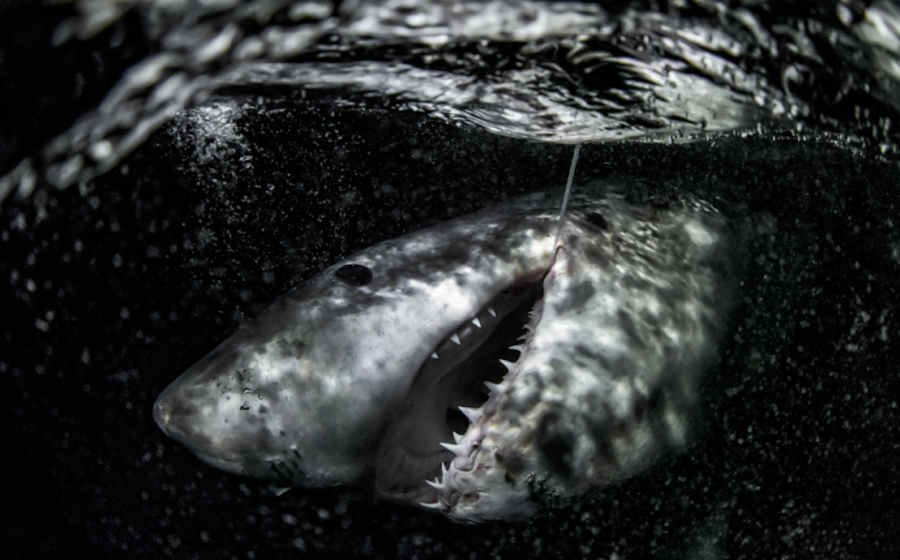How to Take a Wide-Angle Photo Underwater

Underwater photography is often categorized into two groups: macro and wideangle. How photos are categorized depends on the field of view and resulting composition. In this month’s column, we’ll focus on fundamental wide-angle compositions.
Composition (along with light and the moment) is at the heart of all photography. A photo with a poor composition will illicit no interest from the viewer. They will glance at it and move on. An excellent composition will make the viewer pause as their eyes wander through the layers in the frame, exploring the subject and interaction of elements in the foreground, midground and background.
When shooting underwater, your goal should be to create dynamic scenes like this. If you keep a few compositions in mind, you’ll be well on your way to success.
The Balanced Reefscape
Even beautiful reefs need an anchor to the composition. Too often, new shooters will point their camera at the reef and call that the photo. The result is a salad bowl shot that, while beautiful, doesn’t immerse the viewer in the image.
Related Reading: Intro to Underwater Photo Composition
Instead, try to find an interesting element to place in one of the lower third lines of the composition. Bonus points if you find something large with a color contrast to the scene around it, or a strong shape, and then emphasize it with your lighting.
The Single Subject
Shooting a single subject against blue water is very common underwater. We want to photograph our dive buddies, sharks and large fish like barracuda and turtles.
For most of these shots, you should position yourself to see the subject’s head clearly. Strong eye contact helps the viewer make a stronger connection with the subject.
If the subject is positioned horizontally in the frame, be sure to leave about one-third of the frame open in front of it. I call this area “swim space.“ Subconsciously, the viewer likes knowing where the subject will move next. If the subject’s face is near the edge of the frame, it will create angst and simply doesn’t feel right to the viewer.
Related Reading: A Beginner's Guide to Using Underwater Strobes
Close-Focus Wide-Angle
This is arguably the most powerful underwater photo composition. Generally, you’ll want to use lenses with very wide fields of view, allowing you to get extremely close to subjects while still achieving focus and seeing much of the surrounding scene.
Take advantage of this! Get close to an interesting subject, light it well and ensure you have layers in the background to create additional depth. This leads to the next tip.
Sunbursts
Sunbursts use an exciting subject and the sun’s glow to create vibrant energy in the frame. Your viewer’s eyes are naturally attracted to bright areas of the scene, and when pairing a well-lit subject with the sun’s glow in the background, the eyes drift back and forth between both elements in the frame. This composition is best captured using manual camera and light settings.










